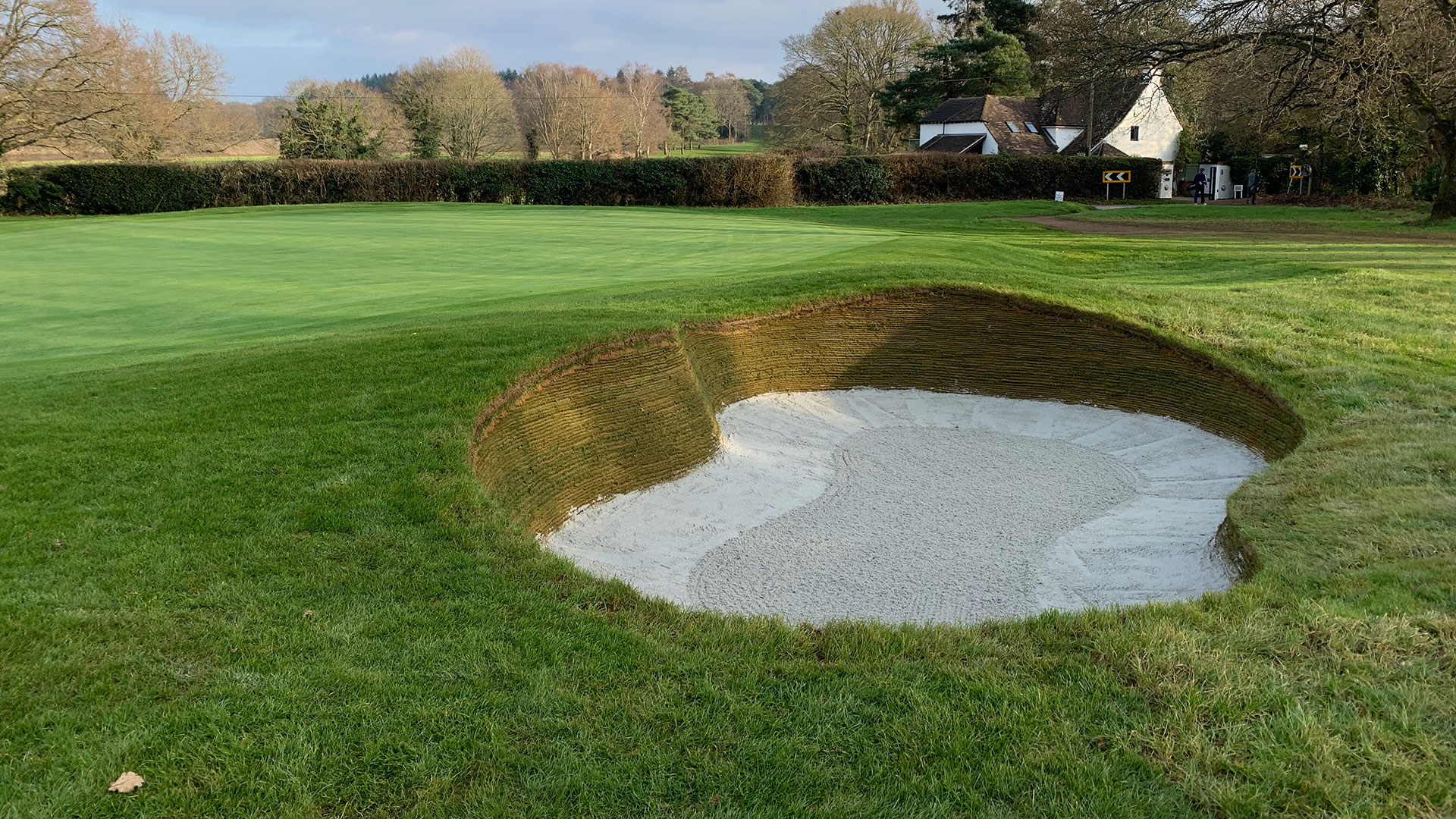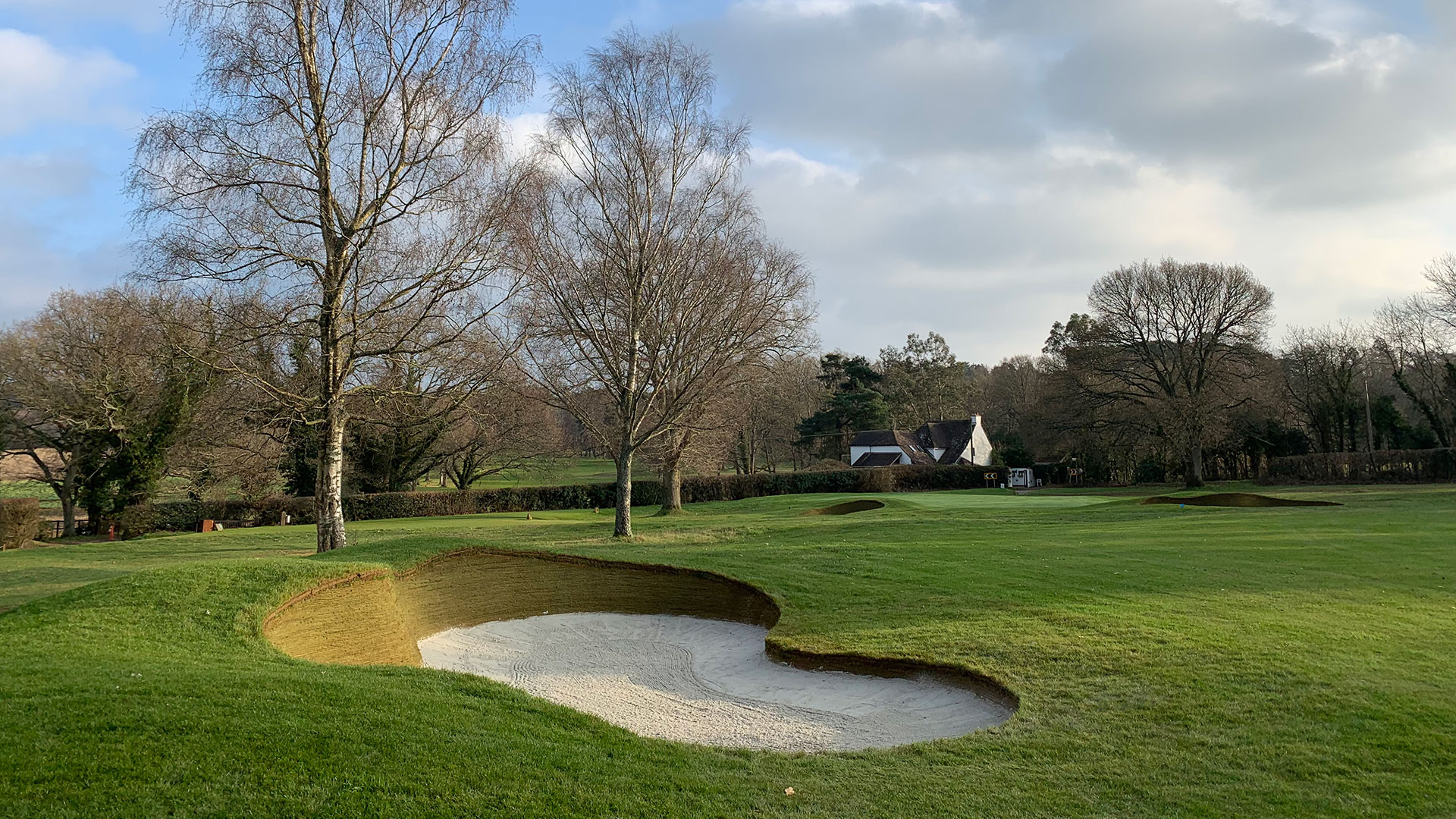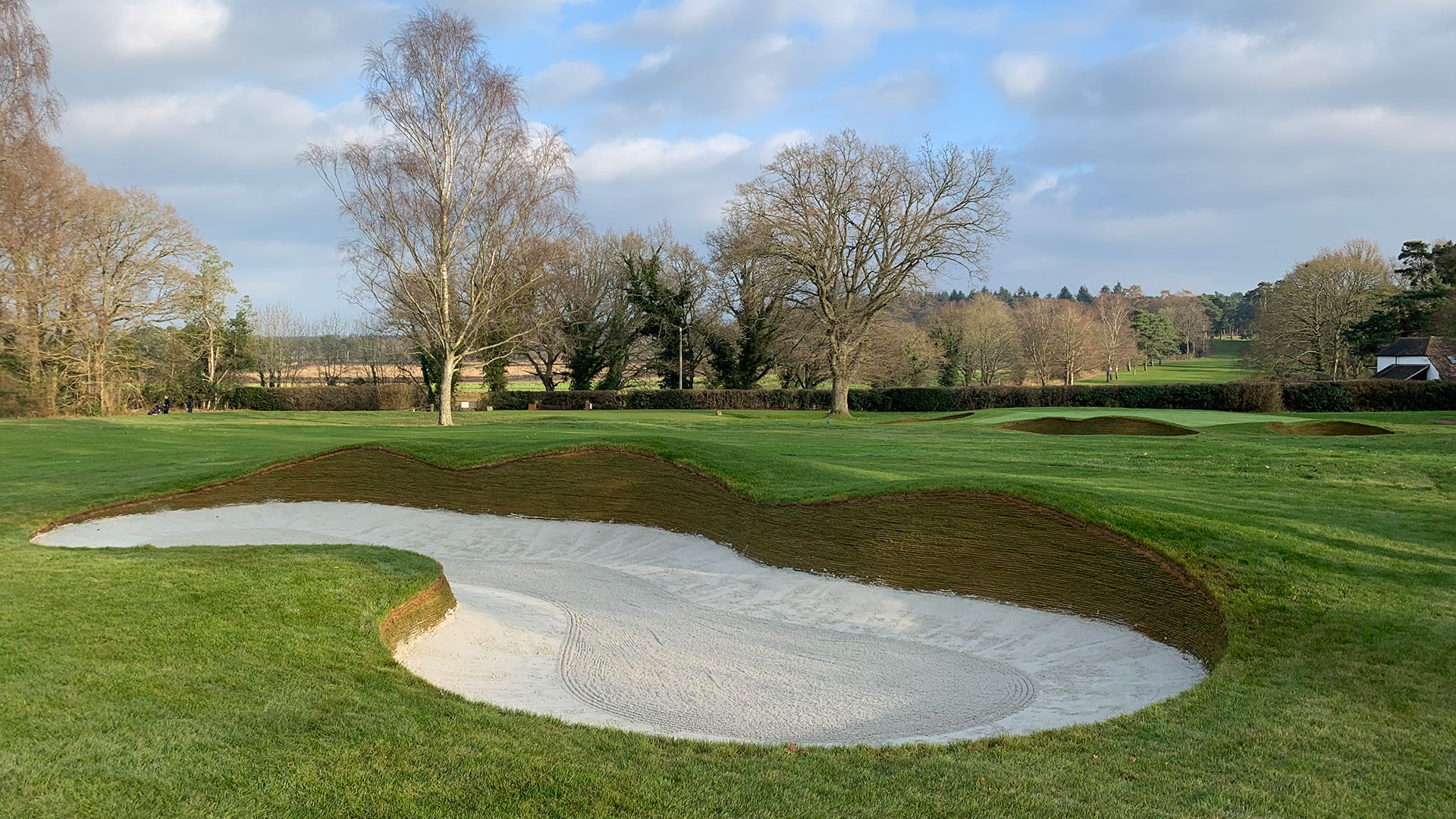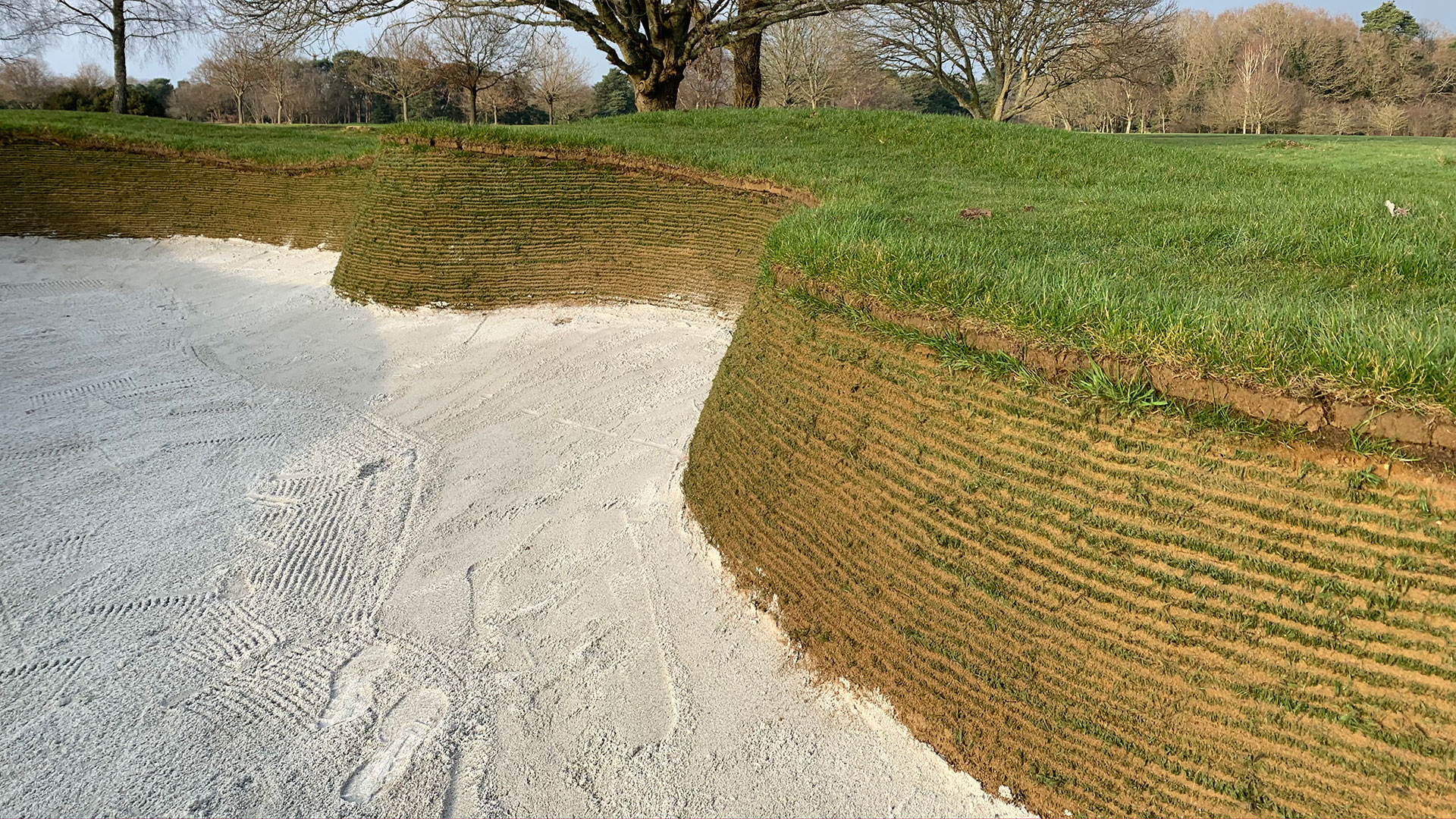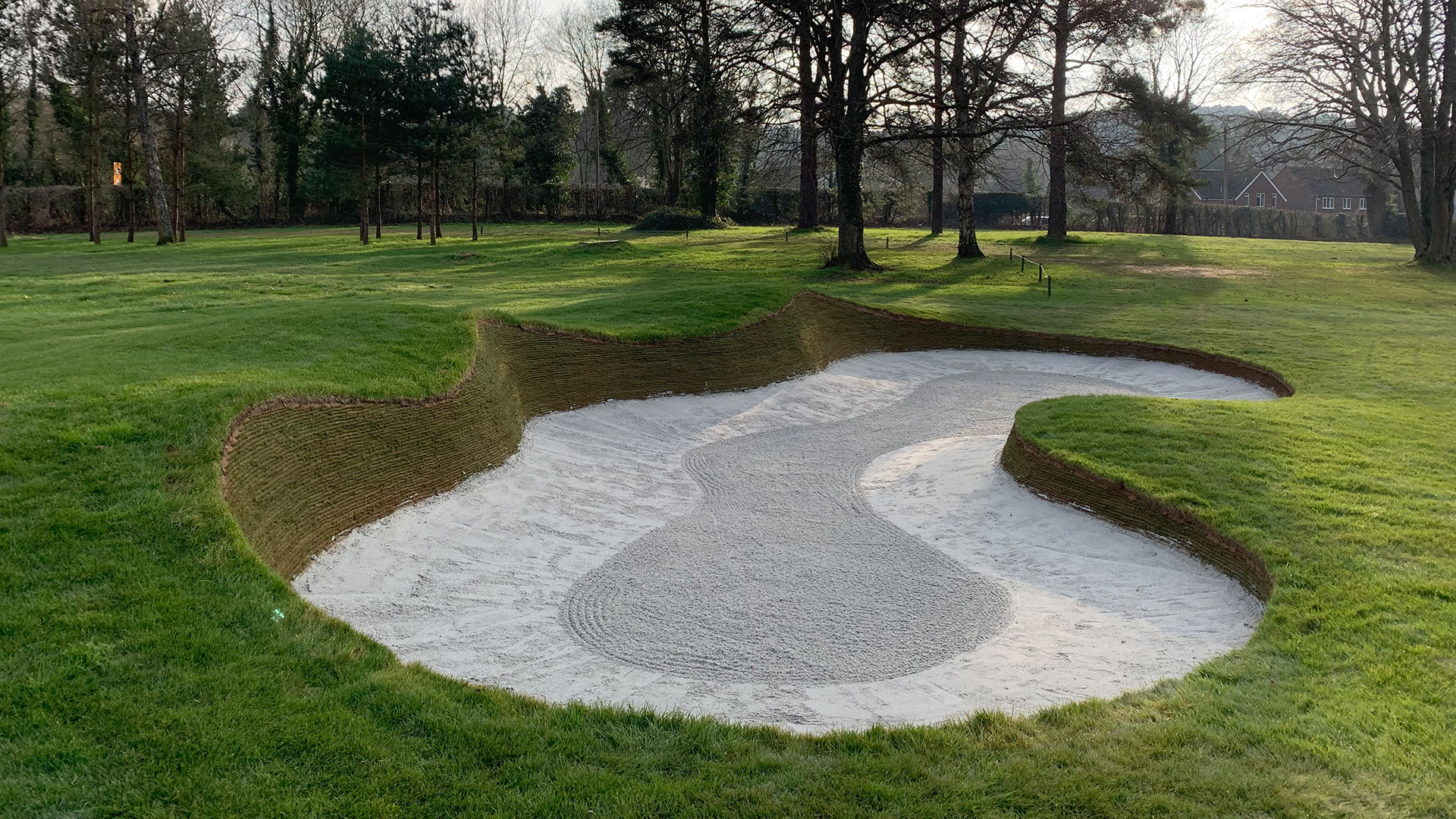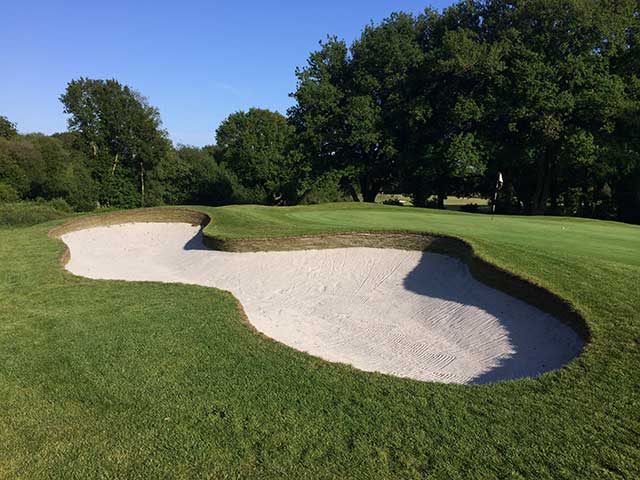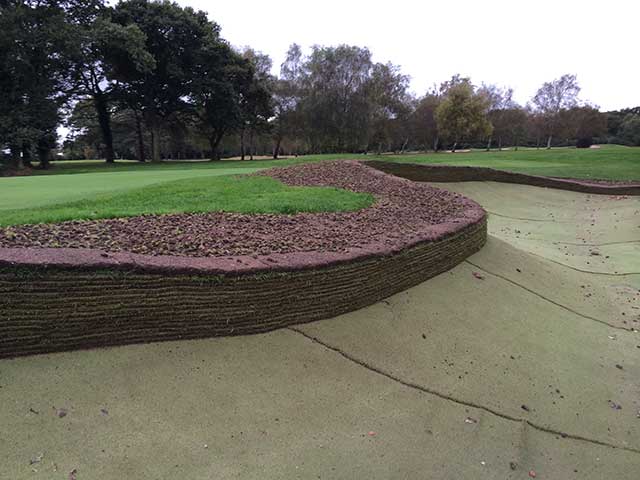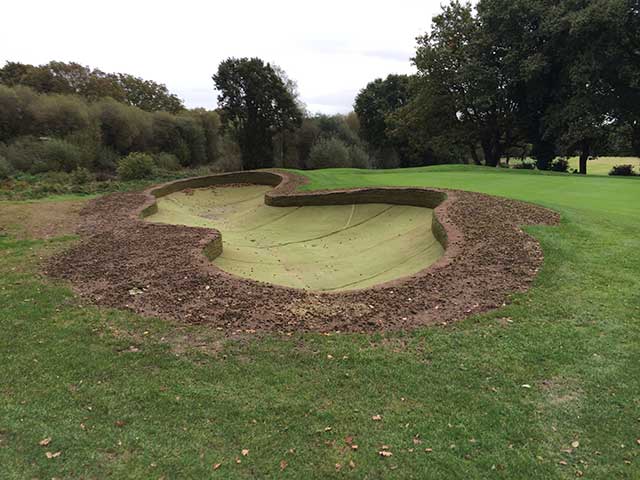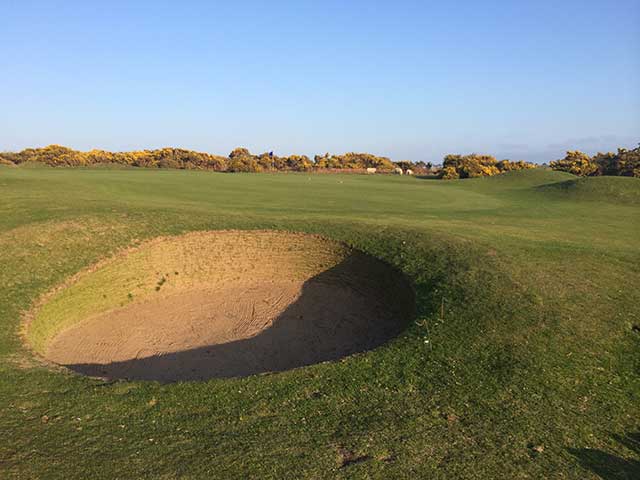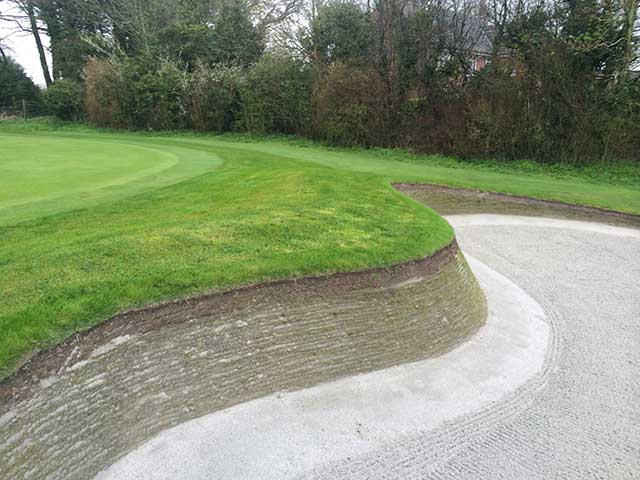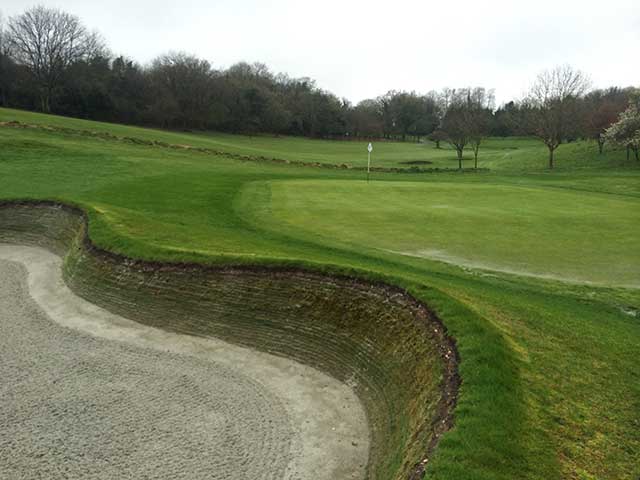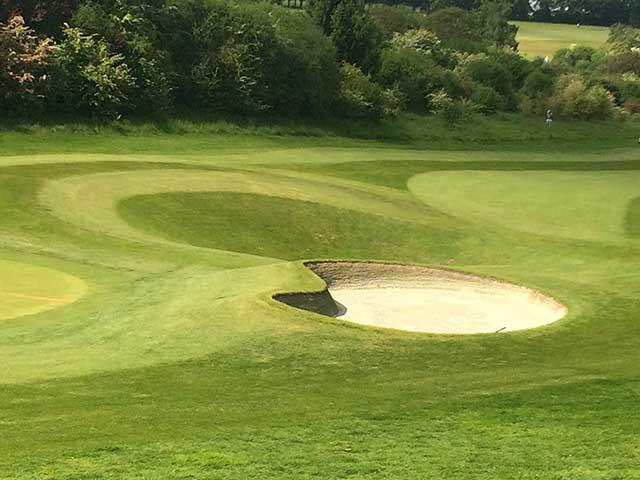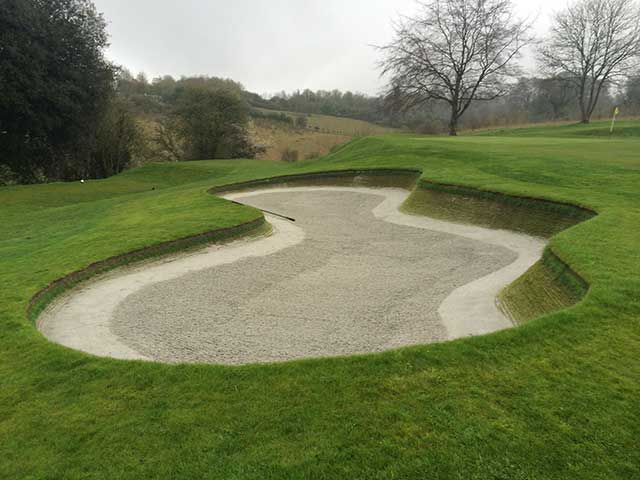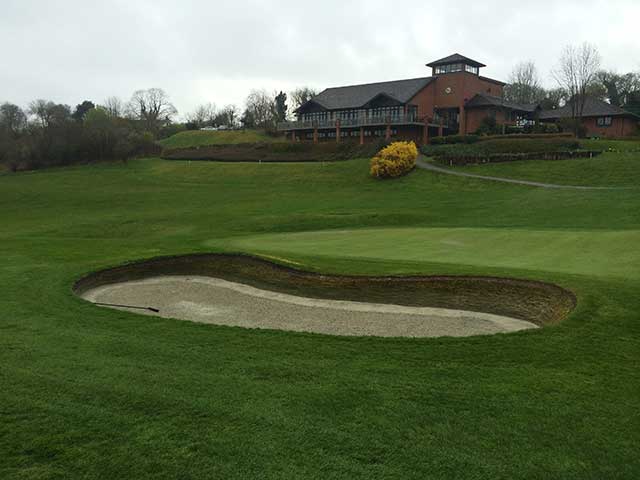As golf became more popular in the second half of the 19th century, and began to spread southwards into England, the hunt was on to find suitable golfing terrain. Demand for the game meant that sites away from traditional coastal locations were needed. The first location where golf was successfully delivered inland was on the sandy heathland belt to the south and west of London. Here, the naturally well drained sandy soils could be managed to produce the links style playing conditions that golfers of that era aspired to.
The heathland sites however lacked some of the linksland contours and hazards, and in order to replicate these features, a whole new profession emerged. Hawtree, Fowler, Park, Simpson are golf course architects well known to enthusiasts, but it was Harry Shapland Colt who became the most well known of the heathland golf course designers. Colt was prolific in successfully and naturally transferring links style features to the Heathlands.
When it came to bunkers, he was not afraid of using links techniques such as revetting to shore up bunker edges, but he preferred to use it sparingly and in conjunction with visible raised sand faces. These features can be very difficult to maintain, but by using the EcoBunker system, the designer’s intent can be preserved for much longer.

